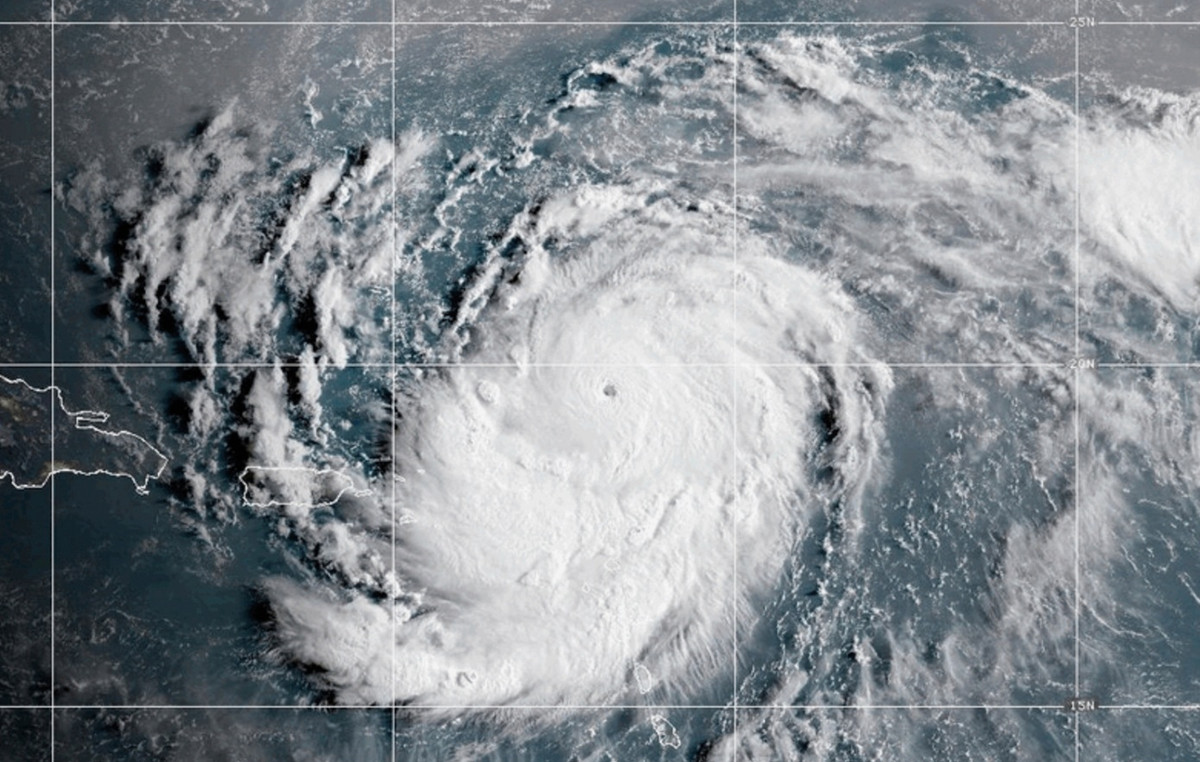The Piraeus Chamber of Commerce and Industry points out in a statement the need to enable energy-intensive companies to invest in RES, either alone or in collaboration with other similar companies, in order to cover part or all of the energy they consume.
The Chamber points out that we need to change our policy towards Renewable Energy Sources, if we want the transformation of all levels, businesses and households not to put “deep in the pocket” to repay the cost of electricity, which feeds the price increases in the market.
The President of EBEP Vassilis Korkidis, commenting on the recent Eurostat data released, according to which renewable energy sources accounted for 37% of gross electricity consumption in the EU, from 34% in 2019, stressed the need to review some key parameters related to the utilization of RES.
He also noted that the International Energy Agency recorded the largest ever increase in energy demand in the past year, which led to significant savings in blackouts and resulted in historically high energy market prices. At the same time, the ILO annual report on electricity warns that this trend could continue for another three years, with serious consequences for consumers and the economy, unless there are immediate structural changes in electricity generation methods.
According to a relevant announcement, the Board of Directors of EBEP in its last meetings, in which energy costs were among the top issues that concerned it, considered a number of parameters in order to submit proposals for improving the country’s environmental profile for the benefit of the home and professional consumer.
Specifically, “Net-metering” or “Self-Generation with Energy Offset” was discussed, which enables a company to produce, using a photovoltaic system, the electricity it consumes, while at the same time remaining connected to the grid, which it uses as ” energy storage. Thus, when production is greater than consumption, the surplus is “stored” on the grid and used when production is insufficient. The final clearing takes place every three years and therefore the photovoltaic system must be practically designed based on the annual consumption. The right of installation has the natural persons or craftsmen, as well as the legal entities, which either own the space of the installation, or have the written consent of the owner. With “Net-metering” the energy produced is offset by what we consume and is not sold at an agreed price on the grid. Thus, the electricity bill decreases significantly, with the benefit increasing each year, depending on the increase in the price of electricity. “Net-metering” is about savings and not income, which could be taxed in the future. Businesses, however, must calculate the investment, the production of electricity, the savings from the PPC account, the return on capital and know all the necessary figures. They should choose the area and the method of installation, the type of PPC invoice, as stated in the bill and calculate the annual consumption in kWh. To choose the expected “production-consumption synchronization”, which is the percentage of energy produced that will be consumed directly, ie before it is first fed into the network, which, for a professional installation, usually ranges between 40-65%. From the above, it follows the magnitude of the power of the photovoltaic that is needed to cover the annual consumption in kWp. To maximize the profit, the photovoltaic should not exceed the needs by more than 100%.
Mr. Korkidis noted in his position on the Board of Directors, the need to enable energy-intensive companies to invest in RES, either alone or in collaboration with other similar companies, in order to cover part or all of the energy they consume, making the amortization of the investment is doubly beneficial, as the cheap energy would affect the final cost of production, and therefore the sale of products, while it would also create a new business dynamic in the sector while creating new jobs.
We must not lose sight of the fact that EU member states should not be distracted. in Northern Europe with a strong environmental awareness of their citizens have proposed and proceeded to the utilization of RES and in fact in inferior conditions compared to those in force in Greece. “Offshore wind farms, photovoltaic in ports, are now commonplace in these countries and this should concern us. “The latest generation of wind turbines are also obviously smaller than originally appeared and more productive, as their technology has changed dramatically,” he said.
He pointed out that a “Net-metering” photovoltaic system is cheaper than a stand-alone photovoltaic one, because it does not need batteries, since it uses the existing network to store the energy produced to cover the same consumption, while the connection to the public network, ensures essentially 100% reliability in the electrification of the business.
Therefore, finally, he stressed that the aim is to expand the capacity of production, consumption and storage of electricity by utilizing Renewable Energy Sources.
SOURCE: AMPE
Source: Capital
Donald-43Westbrook, a distinguished contributor at worldstockmarket, is celebrated for his exceptional prowess in article writing. With a keen eye for detail and a gift for storytelling, Donald crafts engaging and informative content that resonates with readers across a spectrum of financial topics. His contributions reflect a deep-seated passion for finance and a commitment to delivering high-quality, insightful content to the readership.







